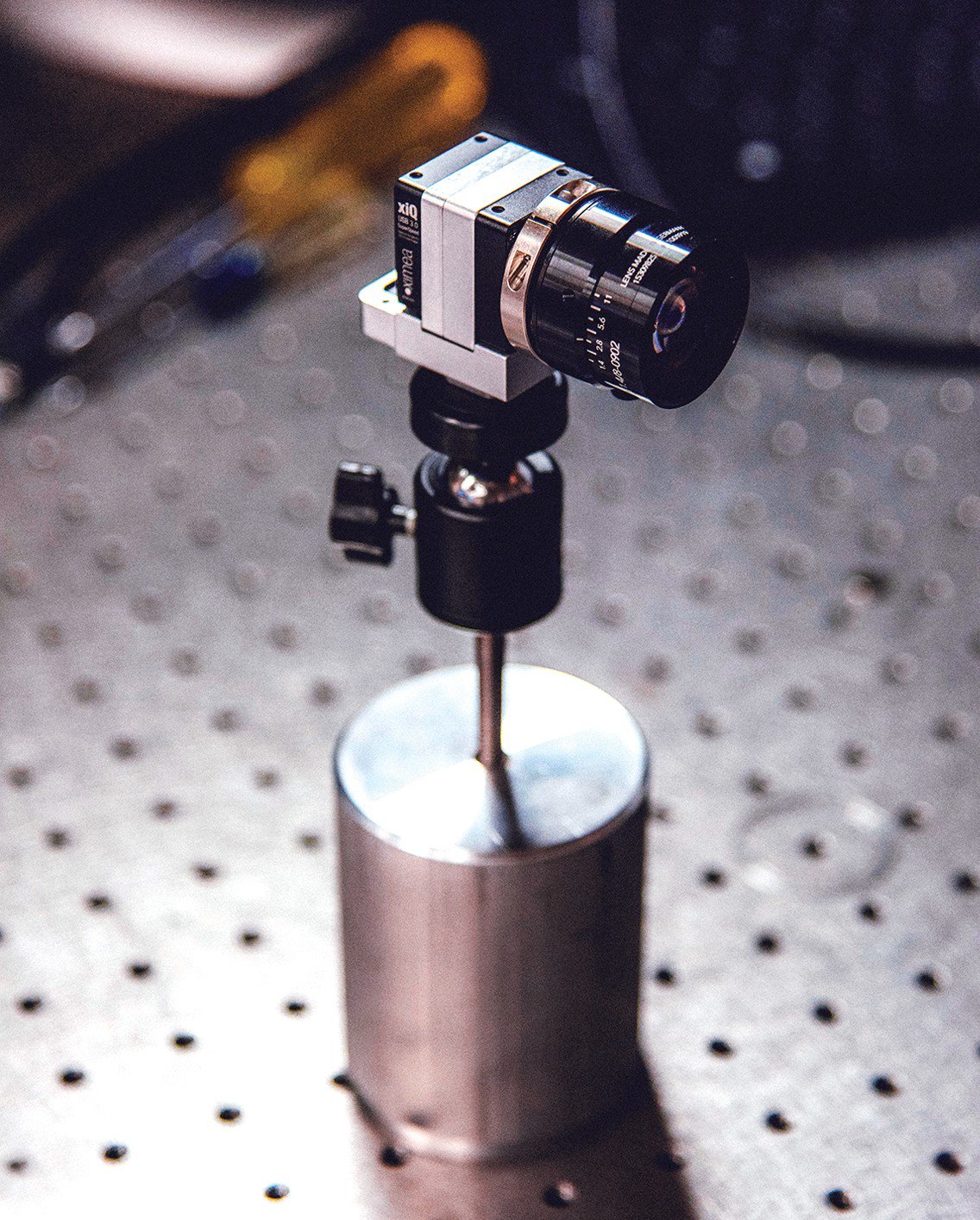Computer & electronics hardware
Alex Hegyi
A new type of camera could let smartphones find counterfeit drugs or spot the ripest peach.
Photos by Damien Maloney
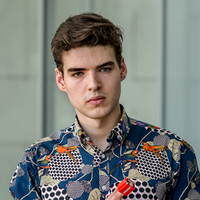
Europe
Petros Psyllos
His wearable tech allows the blind to interpret their surroundings through audio messages
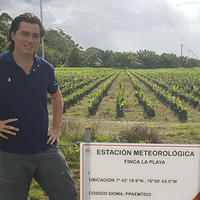
Latin America
Santiago Correa
The owners of large farms can monitor the condition of their crops from home thanks to his app
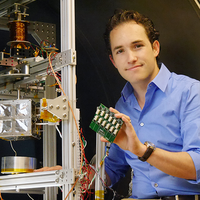
Latin America
Fernando Mier Hicks
His laboratory specifically designed to make small satellites levitate demonstrates how they will behave in outer space
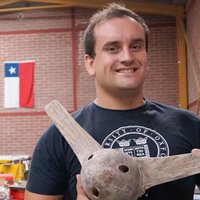
Latin America
Emilio de la Jara
Isolated communities can gain access to cheaper, sustainable energy thanks to his hydraulic system

